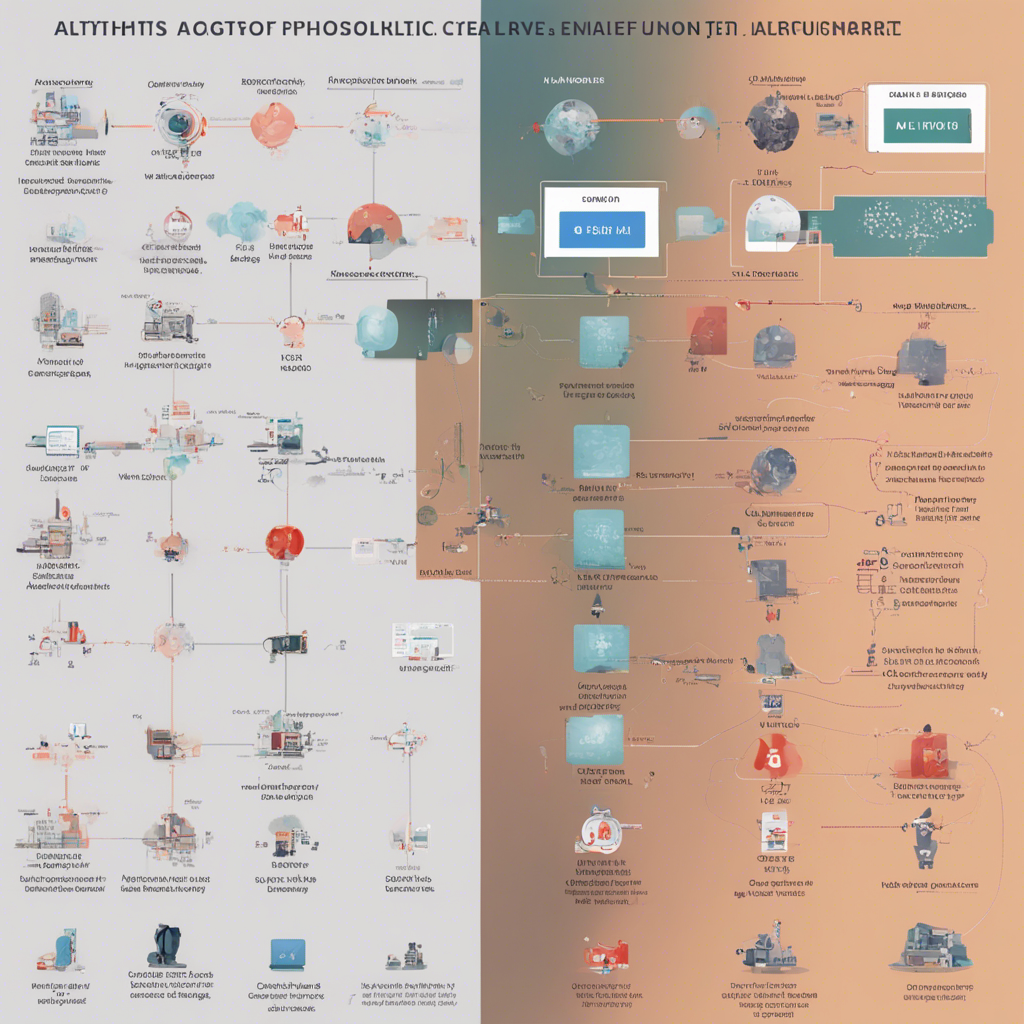
A Visual Intro to Machine Learning Algorithms
Machine Learning is a subfield of artificial intelligence that aims to enable computers to learn and make predictions or decisions without being explicitly programmed. It provides algorithms and statistical models that can uncover patterns and insights from vast amounts of data.
In this blog post, we will provide a visual introduction to some commonly used machine learning algorithms. We will discuss their basic concepts, applications, and pros and cons. So, let’s dive in!
1. Linear Regression
Linear regression is a supervised learning algorithm used for predicting continuous values based on the relationship between independent and dependent variables. It forms a linear equation that best fits the given data points.
Applications: Linear regression finds applications in various fields, such as predicting stock prices, analyzing housing prices, and estimating sales forecasts.
Pros:
- Simple and easy to implement
- Provides interpretable results
- Works well with linearly related data
Cons:
- Assumes a linear relationship between variables
- Sensitive to outliers and multi-collinearity
- Limited ability to capture complex patterns
2. Decision Trees
Decision trees are versatile algorithms that can be used for both regression and classification tasks. They create a tree-like model of decisions and their possible consequences based on features in the data.
Applications: Decision trees are widely used in credit scoring, medical diagnosis, and customer segmentation.
Pros:
- Easy to understand and interpret
- Can handle both categorical and numerical data
- Non-linear relationships can be captured
Cons:
- Prone to overfitting
- Tendency to create complex trees
- Small changes in the data can lead to different trees
3. Random Forest
Random forest is an ensemble learning technique that combines multiple decision trees to improve predictive accuracy and reduce overfitting. It uses the majority voting or averaging to make predictions based on the predictions of individual trees.
Applications: Random forest is commonly used in areas such as credit risk analysis, remote sensing, and customer churn prediction.
Pros:
- Handles high-dimensional data and large datasets well
- Reduces overfitting compared to individual decision trees
- Provides feature importance ranking
Cons:
- Requires more computational resources
- Difficult to interpret the internal workings
- May lack predictive performance on rare classes
4. Support Vector Machines (SVM)
Support Vector Machines is a supervised learning algorithm that analyzes data and finds the best hyperplane to separate different classes. It can handle both linearly separable and non-linearly separable data by using kernel functions.
Applications: SVM finds applications in image classification, text categorization, and bioinformatics.
Pros:
- Effective in high-dimensional spaces
- Robust against overfitting due to the margin maximization
- Different kernel functions can be used for different data types
Cons:
- Computationally expensive for large datasets
- May perform poorly with noisy or overlapping data
- Difficult to interpret the results for complex kernels
5. K-Nearest Neighbors (KNN)
K-Nearest Neighbors is a simple yet powerful algorithm used for classification and regression tasks. It classifies new data points based on the votes of their nearest neighbors in the training set.
Applications: KNN is widely used in recommender systems, handwriting recognition, and anomaly detection.
Pros:
- Easy to understand and implement
- Adaptive to changes in the training data
- Non-parametric approach, so no assumptions about the underlying data distribution
Cons:
- Computationally expensive for large datasets
- Sensitive to irrelevant and redundant features
- Choice of K value and distance metric can significantly affect results
These are just a few of the many machine learning algorithms available. Each algorithm has its own strengths and weaknesses, making it suitable for different types of problems. It is essential to understand the problem domain and evaluate various algorithms to choose the best one for a particular task.
Remember, successful machine learning projects require careful data preprocessing, feature engineering, and model evaluation. It is also important to keep ethics, fairness, and explainability in mind while using machine learning algorithms.
References:
- Machine Learning Mastery
- Scikit-learn Documentation
- Hastie, T., Tibshirani, R., & Friedman, J. (2009). The Elements of Statistical Learning (2nd ed.).
Now that you have a visual introduction to some popular machine learning algorithms, you can dive deeper into each algorithm and explore their intricacies. Remember to stay updated with the latest advancements in the field to keep up with the ever-evolving world of machine learning. Happy learning!






